Photos: Parasite Eggs Found Hiding in 500-Year-Old Latrine
When nature called, some people living in Jerusalem about 500 years ago used a stone-walled latrine in the Christian quarter. Now, nearly 500 years later, an analysis of the stools they left behind has revealed thousands of human parasites, including some that may have come from Northern Europe, a new study finds. [Read the full story on the latrine excavation in Jerusalem's Christian quarter]
Old Jerusalem map
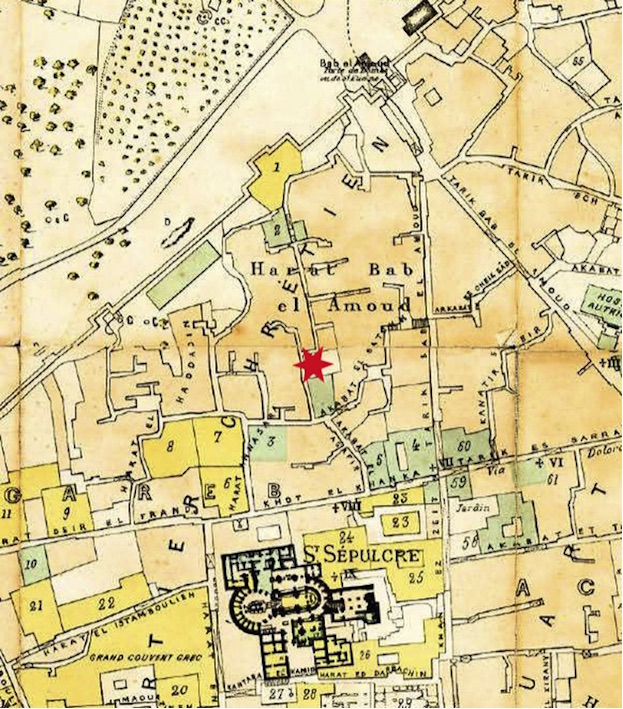
This map of Old Jerusalem has a red star marking the location of the latrine, a structure with stone walls, a vaulted roof and earthen floors. The original excavation took place in 1996, when researchers uncovered the latrine in the courtyard of the Spanish School (Colegio del Pilar) in Jerusalem's Christian quarter.
(Image credit: Ecole Biblique de Jerusalem. Reprinted from the International Journal of Paleopathology, Copyright 2015, with permission from Elsevier.)
Timeworn commode
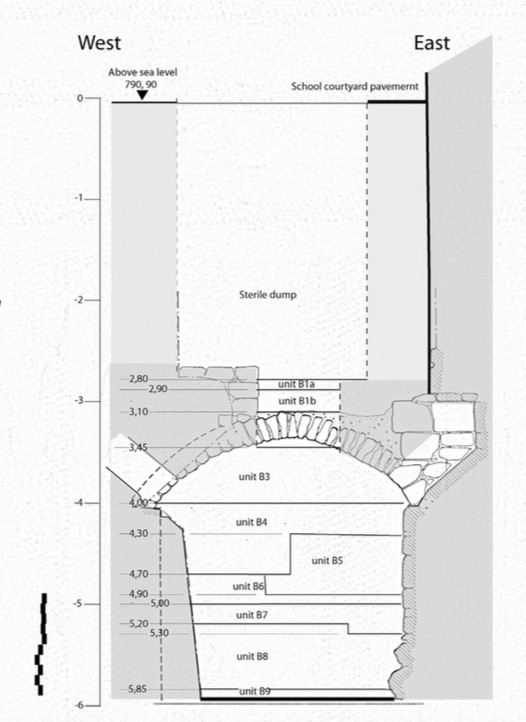
A schematic of the roughly 500-year-old latrine. Researchers examining the remains of the public toilet found 12 mineralized pieces of human stool and a sediment sample that they used to look for intestinal parasite eggs.
(Image credit: Ecole Biblique de Jerusalem. Reprinted from the International Journal of Paleopathology, Copyright 2015, with permission from Elsevier.)
Sign up for the Live Science daily newsletter now
Get the world’s most fascinating discoveries delivered straight to your inbox.
Italian pottery
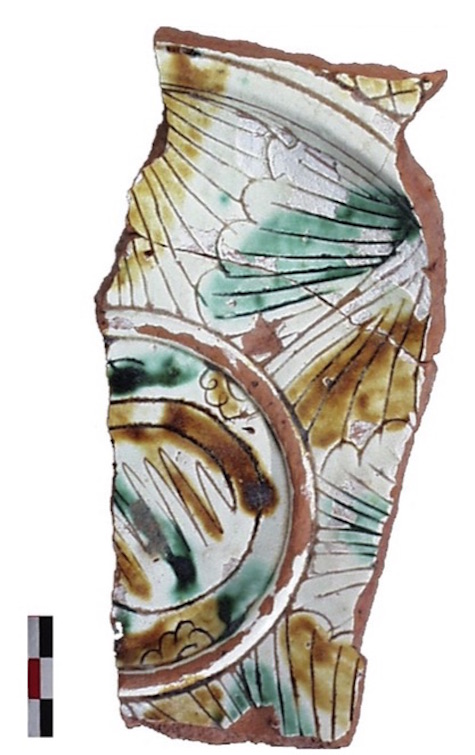
Researchers found a buried treasure in the cesspool: a fragment of pottery from Italy's northern Veneto region. The piece of the bowl is dated to the second half of the 1400s and the first half of the 1500s, the researchers said. The fragment suggests that trade existed between Jerusalem and northern Italy, the researchers said.
(Image credit: Reprinted from the International Journal of Paleopathology, Copyright 2015, with permission from Elsevier.)
Whipworm egg
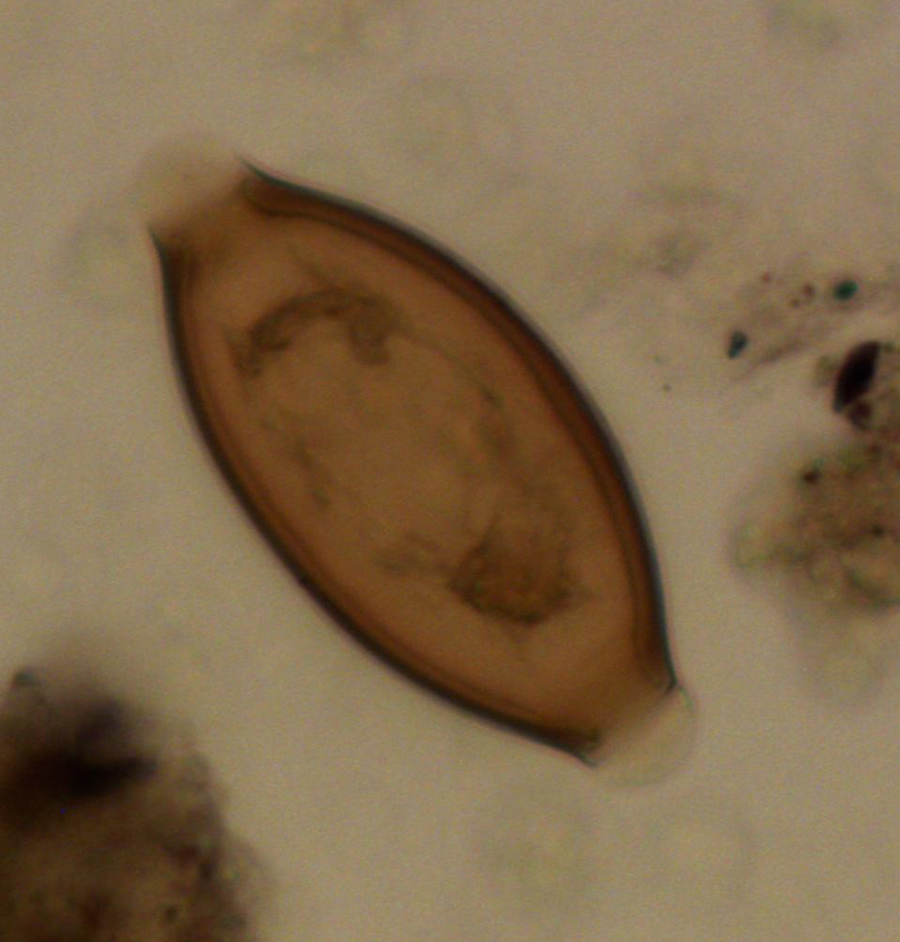
All 12 of the stools and the sediment sample had whipworm eggs (Trichuris trichiura). These eggs have a lemon shape and brown color, the researchers said. The number of eggs in each sample ranged from 15 to 300, they found.
Whipworms are spread when food is contaminated by excrement, said the study's senior researcher, Piers Mitchell, a lecturer of biological anthropology at the University of Cambridge in the United Kingdom.
"It may be transmitted by preparing food with hands that have not been washed after going to the toilet, or by the use of human feces as crop fertilizer, which was common in the past," Mitchell told Live Science. (Image credit: Hui-Yuan Yeh)
Tapeworm Egg
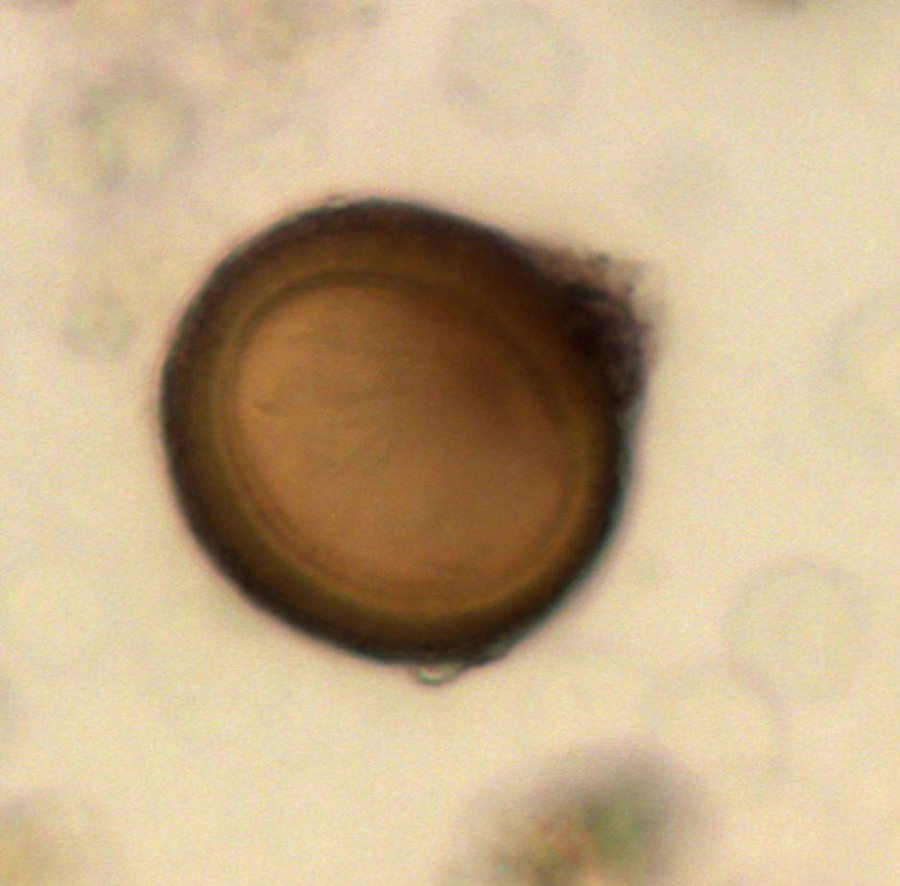
Two of the stools had low numbers of tapeworm eggs (Taenia), which have a round shape, thick walls with striations and a brown color. People can get tapeworms from undercooked beef or pork, the researchers said. It's likely that the stools came from different individuals, as they had different kinds and amounts of parasites, an analysis showed. (Image credit: Hui-Yuan Yeh)
Ladder pathway
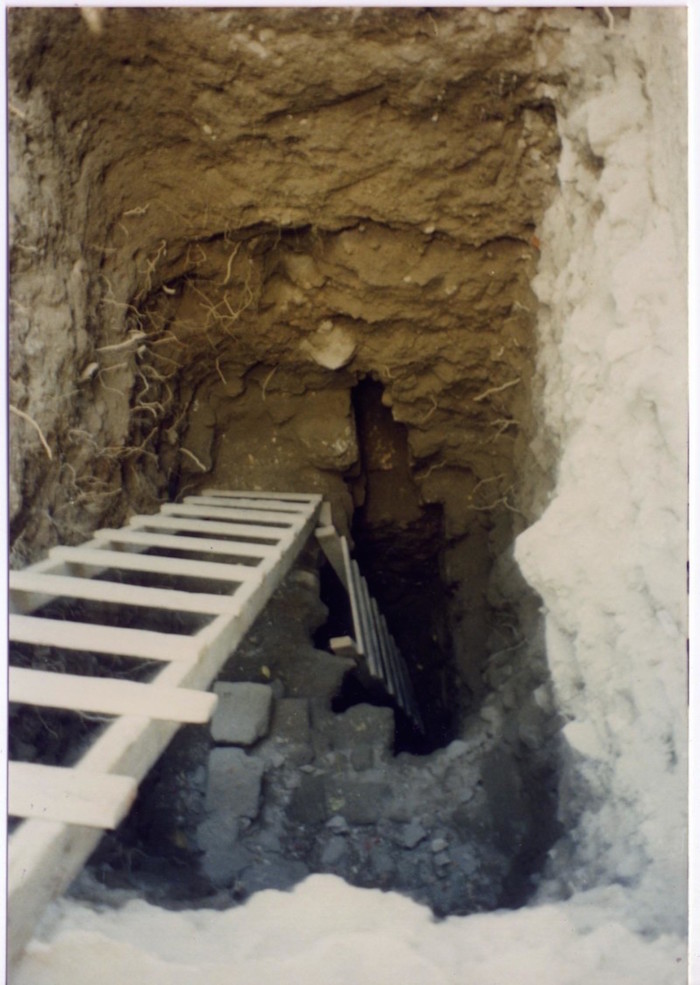
A ladder going into the approximately 500-year-old latrine in Jerusalem's historic Christian quarter. Two of the six types of parasite eggs found in the cesspool were uncommon to the Middle East, but were common in Northern Europe during medieval times.
The presence of these eggs, fish tapeworms and Entamoeba dysentery suggests that local people traveled to Northern Europe and picked up the parasites, or that people from Northern Europe, be they merchants or pilgrims, visited Jerusalem in the late 1400s or early 1500s, the researchers said. (Image credit: Christa Clamer)
Follow Laura Geggel on Twitter @LauraGeggel. Follow Live Science @livescience, Facebook & Google+.

Laura is the archaeology and Life's Little Mysteries editor at Live Science. She also reports on general science, including paleontology. Her work has appeared in The New York Times, Scholastic, Popular Science and Spectrum, a site on autism research. She has won multiple awards from the Society of Professional Journalists and the Washington Newspaper Publishers Association for her reporting at a weekly newspaper near Seattle. Laura holds a bachelor's degree in English literature and psychology from Washington University in St. Louis and a master's degree in science writing from NYU.










